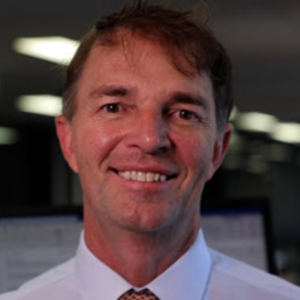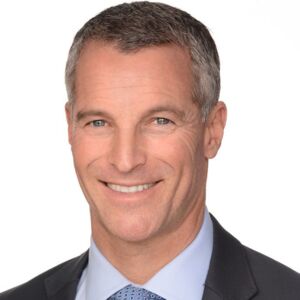Advising the meme investor
By Justin Cleveland

Over the course of the last year, so-called meme stocks like AMC and Gamestop have captured the imagination of a generation who previously had little knowledge of the investing and wealth management space.
To the surprise of many, the movement hasn't flamed out. In fact, with its rallying cry of "I like the stock", it has increased the number of people interested in building wealth through investments.
The majority of these investors are doing it themselves, using consumer platforms like Robin Hood to access different individual shares. The rise of the self-guided investor presents an opportunity for advisers to capture a new market segment that could use more comprehensive guidance about their investment strategy to help make the most of their money.
Andrew Stewart, head of distribution with Ausiex - a new brand name for the former CommSec Adviser Services - says the balance of technology and financial availability means that this trend is unlikely to go away. " With record-low interest rates and diminishing housing affordability, we're seeing many more younger investors entering the market and using investing as a way to generate wealth. In our recent report, we saw the combined Boomer and Generation X investors fell from 83% to 56% as a proportion of our total self-directed clients, due to the entrance of younger investors. On 1 November 2019, only 1% of self-directed clients were under 25 - this increased by 250% by March 2021. This has been a significant shift."
Stewart would know. He has more than two decades of experience serving the advice industry and working with products that are direct-to-consumer. Before he started with CommSec Adviser Services 12 years ago, Stewart held wealth management referral roles with CBA and led distribution with IOOF and Select Asset Management. He says the key difference between the traditional advice client and the next generation is the risk profile. The meme investor has an incredibly high-risk tolerance, posting #YOLO as they gain or lose thousands in a day. While that may be an extreme example, the reality is not far off. There is significantly less sensitivity to fluctuation and instead an eye to a big gain. "That typically leads to more willingness to look outside of large-cap stocks for value and taking advantage of cyclical opportunities like we saw in the travel and buy now, pay later (BNPL) stocks last year," said Stewart. "In saying that, no two investors are alike, and it does come down to the individual's circumstances. We're also seeing growing interest in gaining broad-based exposure, the rise of ETFs is a great example, and we saw a particular take-up of thematic and index ETFs over the last year."
Changing your business model to meet future requirements
In recent years, the adviser business model was based on attracting a few clients with significant assets and helping those individuals prepare for retirement within a decade or two. As it was structured, with the time required to prepare a Statement of Advice and to find appropriate product recommendations, it may not have been feasible for an adviser to provide services to younger investors. Stewart says that may be something that needs to change - starting with an increase in the uptake of technology. "It's essentially about reviewing their business and evaluating how they can attract, retain and add value for this group, whose profile may not match what they had seen previously as their typical client. They can also invest in the client experience to keep it feeling fresh and modern. This of course has to be done in a manner that ensures an adviser can provide these services in a profitable way.
"This group [younger investors] also may have different needs and motivations than they've seen in the past, so it's important for advisers (if they're not already in these age brackets) to connect with this younger audience and get a sense of where advice can add value to them."
Converting the meme investor to a client
It's fine to acknowledge that an adviser could find value in catering to a younger clientele. The reality is that marketing to digital natives is increasingly difficult. So, how can you attract a younger client? Stewart says that it's all about clearly defining the value of advice and what it can achieve. "It's seen as relatively easy to jump on one of the many retail platforms to trade, but there are more barriers to entry for advice. There's still an opportunity around education to dispel any myths, after all, advice isn't a one and done, it's an ongoing relationship that can help drive wealth creation.
"In this vein, it's useful for advisers to have case studies of next-gen investors who have tried themselves, and got better results with an adviser."
In its recent report into the next generation of advice, Stewart said this transition is happening organically. "We are seeing a shift towards growth in younger clients using an adviser to trade, where we saw Generation X grow to 7% (almost one in four total advised clients who trade through AUSIEX), Millennials doubled to 8.4%, and Generation Z investors more than tripled to 1.7%.
"There is evidently growing demand, it is up to advisers to capitalise."



